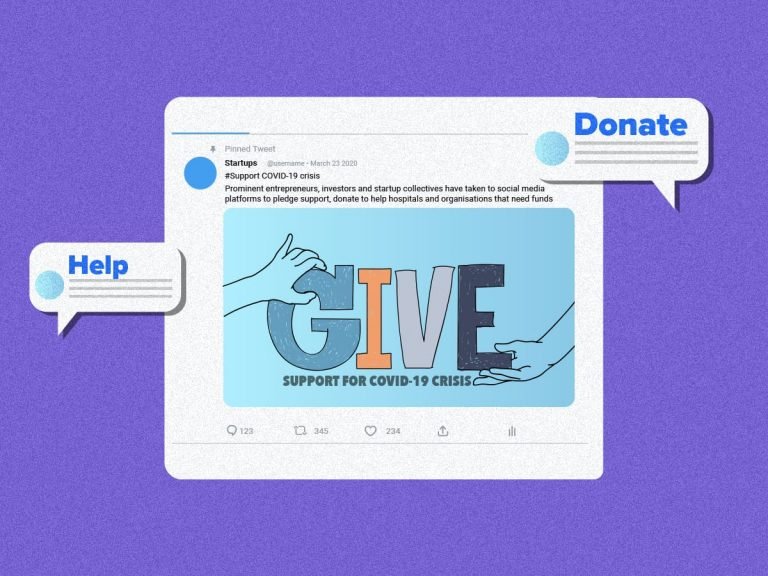As India grapples with a challenging crisis, the situation remains dire. However, amid the adversity, a glimmer of hope emerges through the outpouring of assistance from around the world. This rescue operation sheds light on the current struggle and the positive impact of international aid, offering a beacon of optimism in these trying times.
“I Can’t Breathe…”: From George Floyd’s Tragedy to India’s Oxygen Crisis and the Global Response
The phrase “I can’t breathe,” tragically associated with George Floyd, now resonates profoundly in India as the country battles a severe second wave of COVID-19. Oxygen, once taken for granted, has become a critical lifeline amidst the pandemic. With oxygen shortages exacerbating the crisis, a wide range of global and local efforts are underway to address this dire situation.
India’s struggle with this wave has revealed the unpreparedness for such a severe health crisis. The demand for oxygen has surged nearly elevenfold, leading to extensive shortages and even a black market with inflated prices. The government acknowledges a shortfall of 7,200 to 8,000 tons per day of Liquid Medical Oxygen (LMO). To tackle this, plans are in motion to establish 500 new oxygen plants across the country over the next three months. Innovative measures, such as the Oxygen Express train and airlifting empty tankers, are being implemented to improve supply logistics. However, challenges persist with LMO being flammable and transport infrastructure struggling to keep up.
In response, international and domestic entities have mobilized substantial support. The Indian government is set to import 10,000 oxygen concentrators from Phillips and 25,000 units from China. The military will bring in 23 mobile oxygen production plants from Germany, and France will contribute eight units and 200 tons of liquid oxygen. Organizations like the United Nations (UN), UNICEF, and the World Health Organization (WHO) are providing crucial equipment and setting up mobile field hospitals in the hardest-hit regions.
The Indian startup ecosystem has also stepped up. Reliance Foundation is establishing a 1,000-bed COVID-19 care facility in Gujarat and supplying 700 tons of medical-grade oxygen daily. Deloitte Global’s CEO, Punit Renjen, is coordinating efforts to deliver oxygen concentrators and cylinders. The KVN Foundation’s Mission MillionAir is distributing free oxygen concentrators to vulnerable populations. Zerodha plans to set up step-down hospitals and ambulances in Mumbai and Bangalore. Uber is providing Rs. 10 crores worth of free rides for vaccinations. Mi India has pledged Rs. 3 crores for oxygen concentrators and is raising additional funds with GiveIndia. Paytm’s “Oxygen for India” initiative aims to raise Rs. 10 crores and import 3,000 oxygen concentrators. Amazon, in partnership with ACT Grants, Temasek Foundation, and PPCR, will airlift over 8,000 oxygen concentrators and 500 BiPAP machines from Singapore. MediBuddy has launched a COVID-19 hospital bed availability checker, and Mylab Discovery Solutions is deploying mobile testing labs. Zomato is collaborating with Delhivery to raise Rs. 50 crores for oxygen supplies. Tata Group is importing cryogenic containers for liquid oxygen transport and Tata Steel is supplying medical-grade oxygen. Delhivery is providing logistical support for oxygen concentrator imports, while TrulyMadly’s plasma matchmaking feature connects patients with donors. Renewable-energy startup Exalta is producing oxygen with solar technology and offering mini concentrators for personal and healthcare use.
With India reporting nearly 386,000 new cases daily, these collective efforts provide a hopeful path forward. The widespread support, both domestic and international, is crucial in managing this crisis and minimizing further loss of life.

